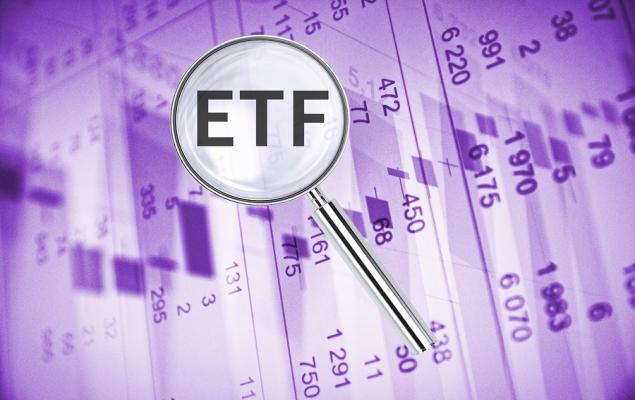5 Emerging Markets & Their ETFs Defying The Losing Trend In 2022

Image: Bigstock
Emerging market ETF investing is currently in a tight spot. The dollar's strength, rising rates in the United States, capital outflows, a slump in China’s economy, rising inflation, and the debacle with Russian investing have all added up to form the emerging market crisis. The emerging market ETF, Vanguard FTSE Emerging Markets ETF (VWO - Free Report), is off 18% this year and has lost 10.5% over the past month.
Thanks to sky-high U.S. inflation and a hawkish Fed, the greenback has been steady this year, with 9.4% year-to-date, 4.9% monthly, and 15% yearly gains in Invesco DB US Dollar Index Bullish Fund (UUP - Free Report). As a result, the U.S. dollar index rose to fresh two-decade highs, and most emerging economies’ currencies have been falling to multi-year lows against the greenback.
Now, developing or emerging countries must tighten their monetary policies to counter declines in their own currencies. Otherwise, it would raise inflation of emerging mrkets and push up the cost of servicing dollar-denominated debt. Dollar appreciation has pushed an emerging currency index down 3.5% this year to an 18-month trough, per Reuters.
Most emerging economies are commodity-rich, especially Latin America. This trend has favored such countries in the initial phase of this year. But as the recession fear took global markets in its grip, the shine started fading from Latin America as well. The copper-reliant Chile's peso gained 8% in the first quarter, only to fall 10% since then, per Reuters.
Dollar strength also tightened emerging markets’ ability to obtain credit. An emerging market’s financial conditions index from Goldman Sachs is near the tightest since 2008, up some 300 bps this year, per Reuters. It is no wonder, as such an economic backdrop would slow down emerging markets’ growth considerably. As a result, emerging market ETFs have fallen massively this year.
Still, there are some emerging market ETFs that are up at least 4% this year against the 17.4% loss seen in the SPDR S&P 500 ETF (SPY - Free Report). Following are those emerging market ETFs.
However, all these ETFs gained due to oil strength. Most of the regions like Saudi, Qatar, UAE, and Nigeria are oil-exporting and hence gained a lot from the massive oil rally this year. Brent crude ETF (BNO - Free Report) is up 48.2% this year.
There is the only exception: Turkey. Borsa Istanbul’s BIST 100 Index hit the highest level this year since data first became available in 1988, per data from Investing.com, as quoted on al-monitor.com. The Central Bank of Turkey paused its easing cycle in recent times and left the key one-week repo rate steady at 14%. Such a high rate has probably been in favor for its financial companies.
ETFs in Focus
- Saudi Arabia: Franklin FTSE Saudi Arabia ETF (FLSA - Free Report) – Up 20.8% year-to-date, and iShares MSCI Saudi Arabia ETF (KSA - Free Report) – Up 18.5% year-to-date.
- Turkey: iShares MSCI Turkey ETF (TUR - Free Report) – Up 16.5%.
- Qatar: iShares MSCI Qatar ETF (QAT - Free Report) – Up 14.7%.
- UAE: iShares MSCI UAE ETF (UAE - Free Report) – Up 8.7%.
- Nigeria: Global X MSCI Nigeria ETF (NGE - Free Report) – Up 4.1%.
Disclaimer: Neither Zacks Investment Research, Inc. nor its Information Providers can guarantee the accuracy, completeness, timeliness, or correct sequencing of any of the Information on the Web ...
more


